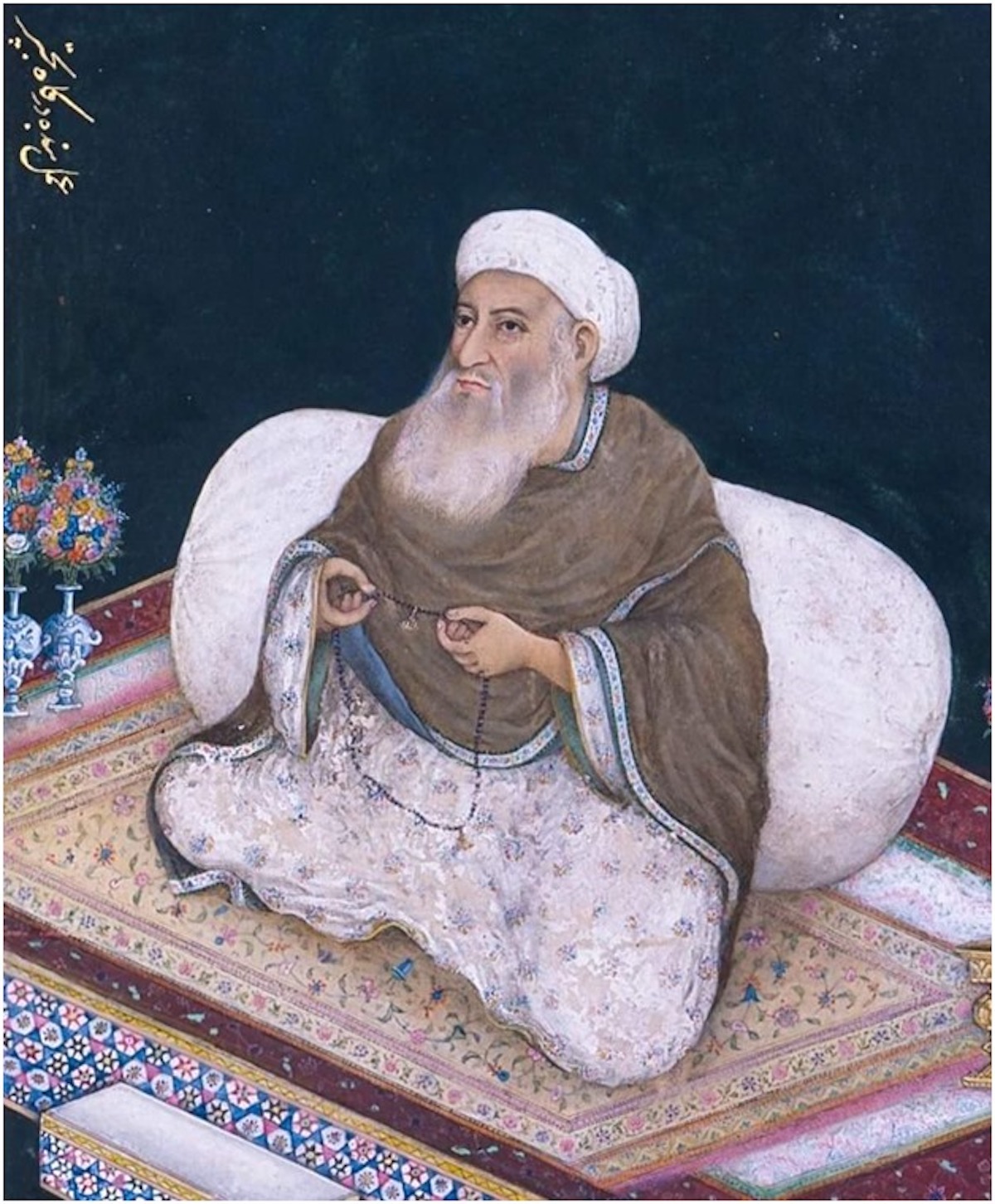by M Saleem Beg
The artistic pursuits of the great Mughals found a fertile and flourishing environment in Kashmir and literature, mainly Persian poetry scaled newer heights. Great masters like Faizi, Urfi, Talib, Kaleem, Qudsi, Mashhadi, and many others who frequented the land, gelled and combined with the poetic tapestry of Kashmir like the ‘pearls in a Royal necklace’ with some of them taking residence and making it their abode.

The Mughal period has aptly been described as the grand awakening similar to the great Sanaskritic literary accomplishment s of Kashmiris in the past. This effervescence and awakening is depicted in the outpourings from Kashmiri poets like Sarfi, Mulla Muhamad Shahabadi, Mulla Mohsin Fani, Gani Kashmiri and many others. Faizi, the court poet of Akbar, in earliest Mughal references on Kashmir, introduced the acquisition of Kashmir by Mughals thus:
Dayar-i- dilkash Kashmir ra Masakhar Kard
Badaan sifat ki Sulaiman pari kunad taskheer.
(this couplet presents Akbar as the Biblical prophet and king Solomon who succeeded in owning the Houri. Kashmir defined as the legendary parasidical beautiful maiden).
Besides the men of literature, the masters of another great Mughal art tradition, the miniature paintings, gave their best to Kashmir. Mughal miniatures have been described as the finest of human ingenuity among all art forms across civilizations. The imagery of these miniature paintings connects senses and has a tremendous artistic and educative value.
Shahenshah Akbar, though the most erudite of the Kings of India, was not able to read or write. However, one of his main sources of knowledge of the past came from Iranian and central Asian miniatures. Miniatures on Hamza Nama, Shahnameh and other oriental world classics of wisdom and history became his texts for knowledge. These miniatures have more often than not descriptions, titles or captions in Turkish and Persian languages. However at occasions, these artists, both Iranian and Indian, also accessed native pearls of wisdom as well.

We know these paintings depict the Royalty in the heavenly Kashmiri landscapes- gardens, abshars, springs and meadows. Scenes about the mystical and sacred representations of saints and men of God find their due space in these outpourings. Among these, there was a pleasant surprise when I found a beautiful expressive painting bearing the caption in colloquial Kashmiri :
Peer na bod, taweez nab d, yaqeen bod
(It is not the saint, not the amulet but the faith in the peer that matters) Loosely translated).
This should be the only and rare usage of Kashmiri language caption of a Mughal painting. The peer here is a Kashmiri (look at the elongated tip of the Kashmiri nose and the Kashmir shawl rapped by the peer).
(Author, a former Director-General of Tourism of the erstwhile Jammu and Kashmir state heads the Jammu and Kashmir Chapter of INTACH and Chairman National Monuments Authority Government of India.)















